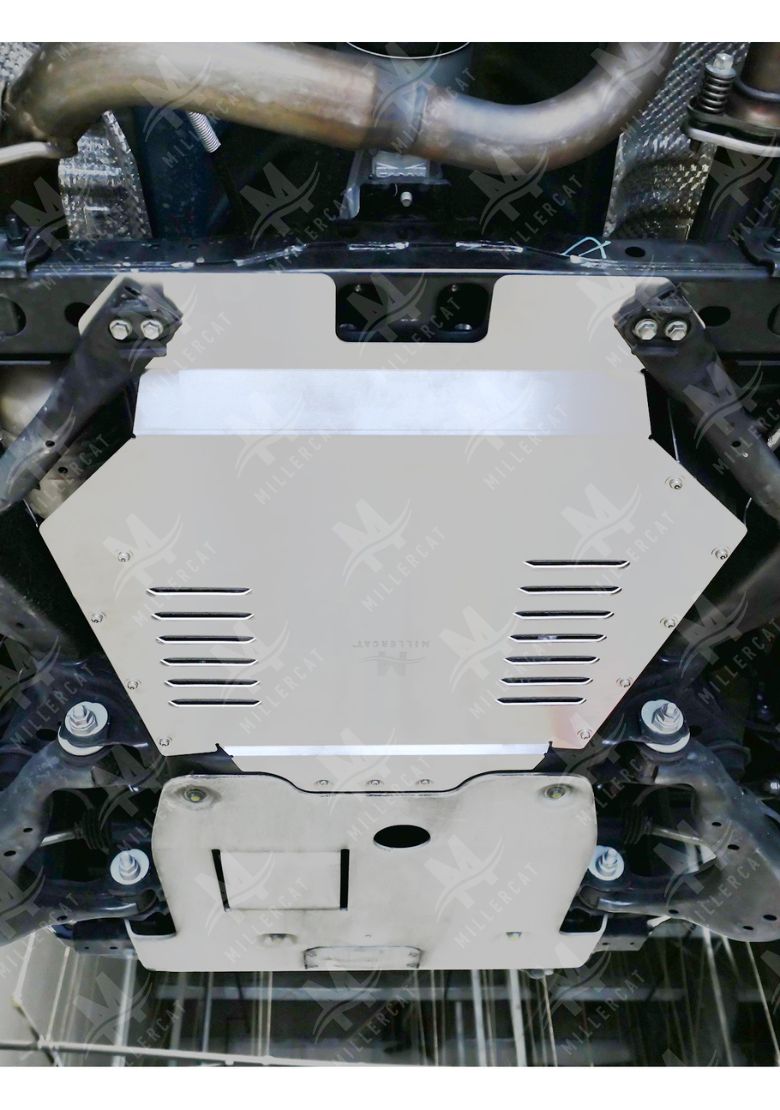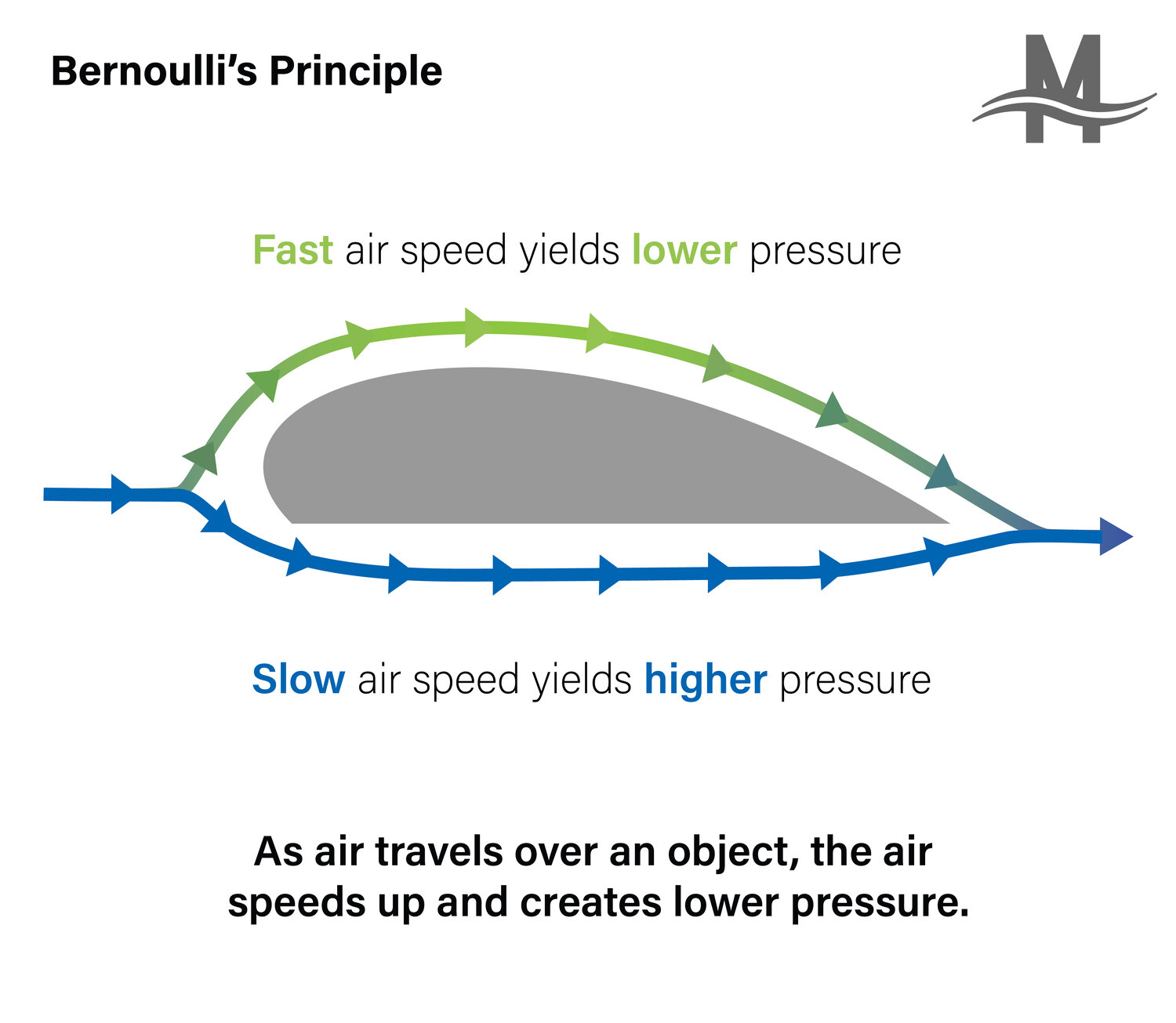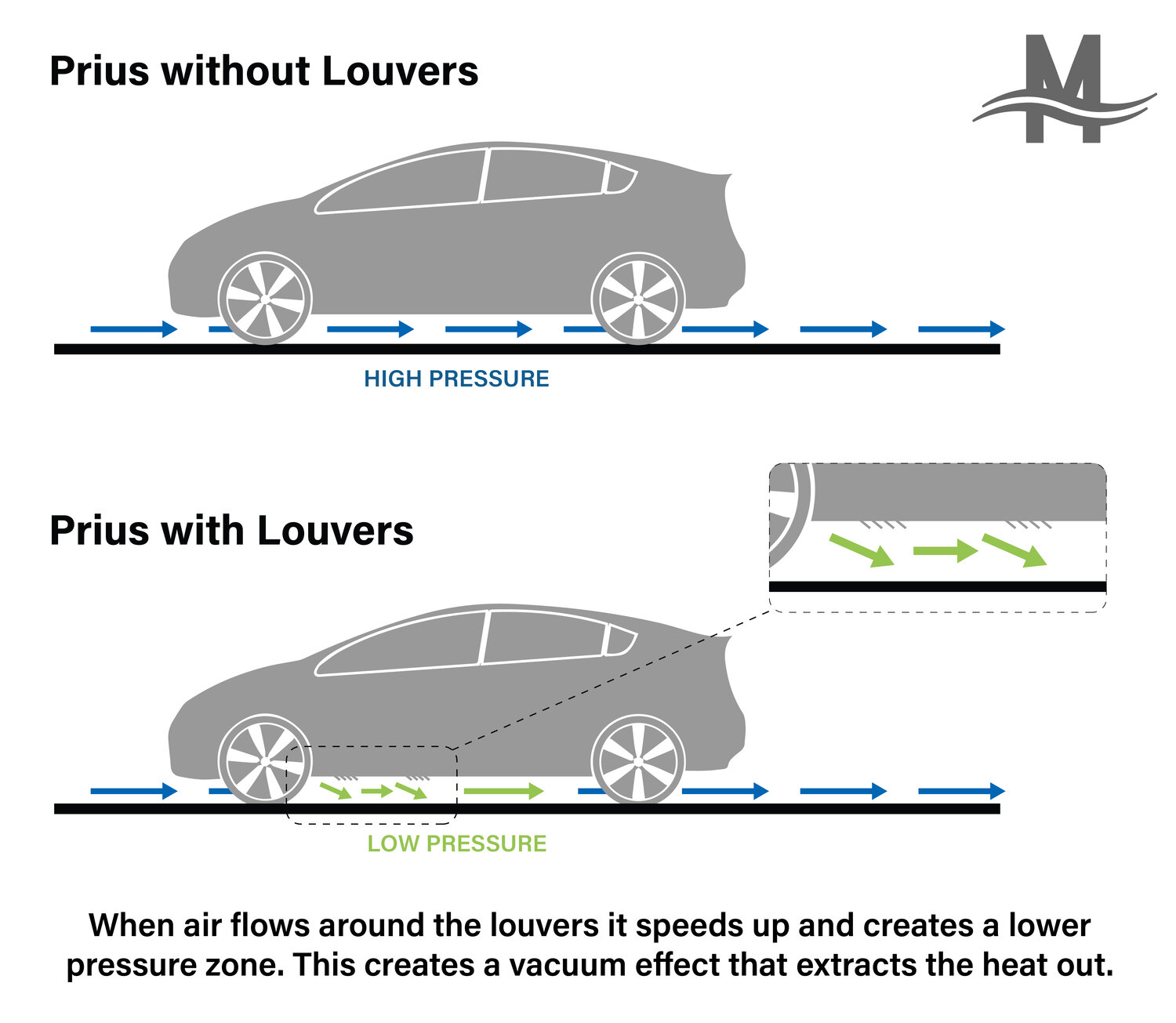MORE QUESTIONS?
If you need further support, please contact us and we'll reach out within 1-2 business days.
FAQS & TECH INFO

A catalytic converter shield is a protective barrier between the converter and thieves and can help prevent catalytic converter theft. The best catalytic converter shields offer the ultimate security with the highest quality materials, such as stainless steel and advanced engineering and design technologies supplying optimum protection.
Many people ask why their Prius converters are being stolen in record numbers. Why do people target a hybrid vs a large truck? Aren’t Priuses suppose to be clean vehicles? The answer is palladium and rhodium. It is true that Priuses are CVs and are classified at the Super Ultra-Low Emissions Vehicle (SULEV) level, but in order to obtain that classification, Toyota had to ensure the Prius passed a strict emissions test. The reason hybrids have some of the highest precious metal content out of any vehicle is because hybrids turn on and off their gasoline engines frequently to save gas. However, most of the harmful emissions are produced during the initial start of the engine called a cold start. A catalytic converter needs to reach an optimal temperature to efficiently convert harmful gases, but frequent cold starts constantly lower that temperature and make the converter inefficient at reducing harmful emissions.
In order to solve this problem, Toyota overloaded their hybrid converters with palladium and rhodium. 10-15 years ago (2004-2010), palladium was only around $200-$300 per troy ounce and rhodium averaged around $3,000. Today, palladium is around $2,600 and rhodium is around $27,000. At the time Toyota designed their converters, the price of metals was cheap, but due to global supply constraints and the rising need for cleaner cars, the prices of those metals jumped upwards of 700% for palladium and 300% for rhodium in the past few years.
Due to these factors, thieves are making the most money off of Prius converters and making life difficult for Prius owners. We highly recommend our Cat Shield™ to prevent such theft and to protect your investment. Let us know if you have any questions that aren’t answered here.
We’ve done extensive testing on the front and rear converters with and without the Cat Shield under numerous driving conditions. Our data reveals that during city or freeway driving, there are minimum temperature increases (10 degrees max) and there actually lower temperatures with the Cat Shield at the rear position when driving on the freeway. This is likely due to the Cat Shield making the vehicle more aerodynamic, reducing turbulence, and making the louvers more effective at drawing out heat.
Even right after turning the vehicle off after aggressive driving, the Cat Shield will be safe to touch (although we recommend using proper safety equipment at all times when handling the shield). Temperatures at different points of the shield on average were 80 degrees. We also measured temperatures on the underbody of the car near the hottest points (front and rear converters) and saw consistent and similar temperatures of 80-200 degrees.
Based on the temperature data, we conclude that the shield will have no impact on increased cabin temperature, will not pose increased danger to flammable material underneath the car (in fact, the shield protects material from touching the hottest part of the exhaust, the converter(s)), or prematurely wear down exhaust components.
Some competing products will use rivets or say their hardware is corrosion-resistant, but when differing corrosion-resistant metals come into contact, they will corrode by a process called galvanic corrosion (also called bimetallic corrosion). Galvanic corrosion is an electrochemical process in which one metal corrodes preferentially when it is in electrical contact with another, in the presence of an electrolyte. Basically, it is when two different metals come into contact with each other and cause premature rust and corrosion.
We use stainless steel hardware and zinc coated rivet nuts to prevent rust and corrosion. The underneath steel frames of the Prius are coated and do not come into direct contact with the aluminum shield. Even after drilling holes into the frame, the zinc-coated rivet nuts are the only pieces that touch any uncoated steel and the zinc acts a protective barrier between the metals. We take every piece of hardware into consideration to make sure none of our parts will cause premature rust or corrosion. Be wary of products that do not use stainless steel or zinc-coated materials (such as rivets, self-tapping nuts or screws) because they will likely lead to galvanic rust.
All our Cat Shields are designed with louver vents to give our customers the best product on the market. They help cool your vehicle and protect it from debris. The graphics below show the scientific reason behind our design.


